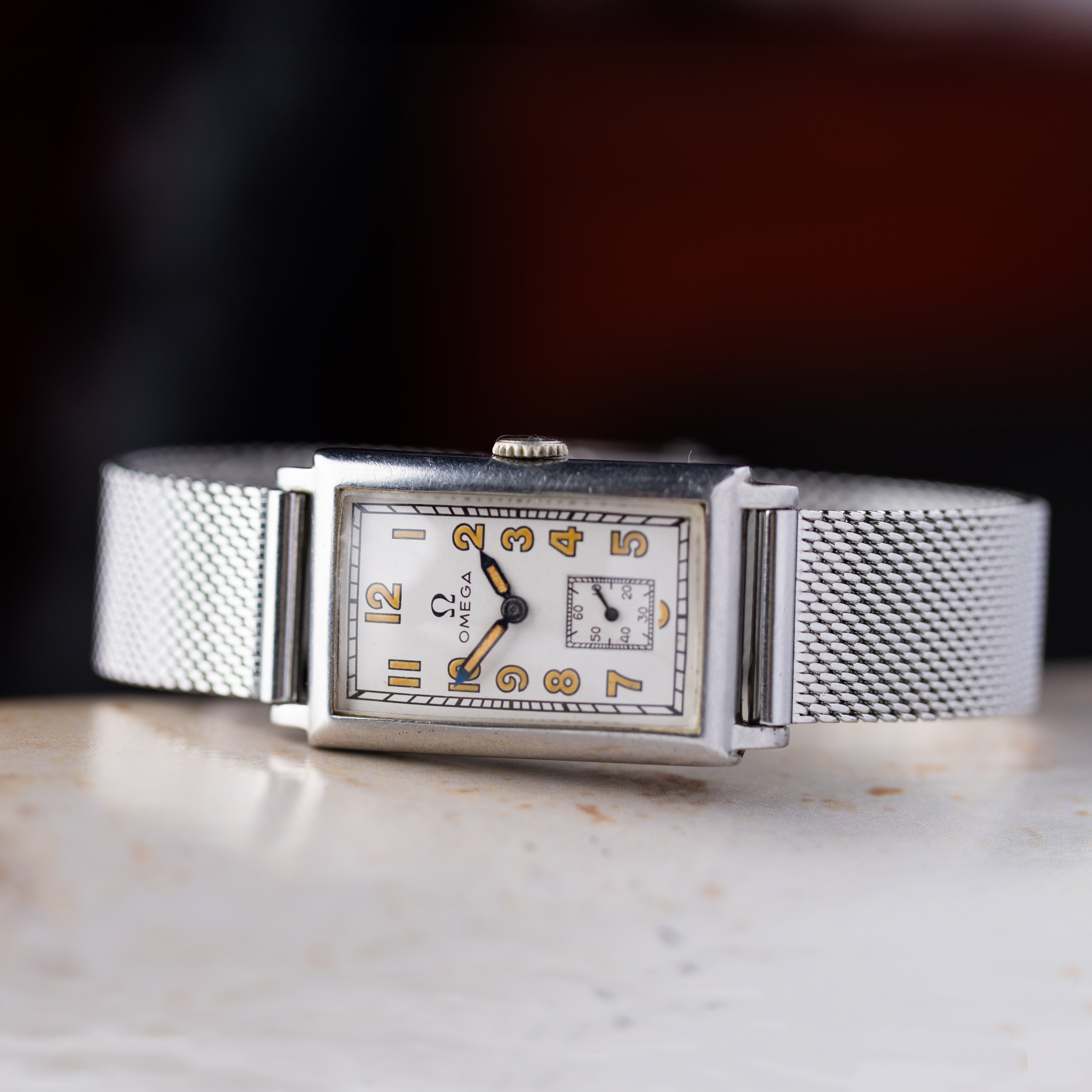From the earliest civilizations to the present day, timekeeping has played a crucial role in human society. The ability to measure and track time has allowed us to coordinate activities, navigate the world, and advance scientific knowledge. The history of clocks and watches is a fascinating journey, reflecting the ingenuity of human beings in their quest to understand and control time.
In this article, we will explore the origins of timekeeping devices, the evolution of clocks and watches, and their impact on our daily lives. We will delve into the various types of clocks and their inventors, seeking to understand when and how these essential tools were first introduced to the world.
Early Timekeeping Devices
Long before the invention of mechanical clocks, ancient civilizations devised various methods for tracking the passage of time. Sundials, one of the earliest known timekeeping devices, date back to around 1500 BCE in Egypt. Sundials used the movement of the sun's shadow to indicate the time, with a gnomon casting a shadow on a marked surface. Although simple in design, sundials could only function in the presence of sunlight.

Water clocks, or clepsydra, originated in ancient Egypt and Mesopotamia around 1500 BCE. They measured time by the flow of water from a container with a small hole at the bottom. As water flowed out, the level inside the container dropped, with markings on the container's interior indicating the passage of time. Water clocks provided a more consistent method of timekeeping, as they were unaffected by weather or the position of celestial bodies.
Candle clocks, which relied on the gradual burning of candles marked at regular intervals, were another early form of timekeeping. While not as accurate as sundials or water clocks, they served a purpose in situations where other methods were impractical, such as indoors or at night.
The invention of mechanical clocks in the 13th century marked a significant leap forward in timekeeping technology. The first mechanical clocks utilized complex systems of gears, weights, and escapements to maintain a constant rate of movement. In 1275, an English monk named Robertus Anglicus wrote about a clock mechanism that used an escapement and a foliot, an early form of balance wheel. These early mechanical clocks were initially found in monasteries and churches, where they were used to regulate daily prayers and activities. With the advancement of technology, mechanical clocks became more accurate and widespread, laying the foundation for the diverse range of timekeeping devices we know today.

The Evolution of Clocks
As time progressed, the development and refinement of mechanical clocks continued. Innovations in clock technology led to the creation of new types of clocks, each with its own unique characteristics and contributions to the world of timekeeping.
One of the most significant advancements in clock technology was the invention of the pendulum clock in the 17th century. Dutch scientist Christiaan Huygens is credited with inventing the first accurate pendulum clock in 1656. Pendulum clocks used a swinging weight, or pendulum, as their timekeeping element. The regular motion of the pendulum enabled these clocks to maintain a consistent rate, resulting in greater accuracy than their predecessors. Pendulum clocks quickly gained popularity and became the standard timekeeping device in households and public spaces for the next few centuries.

The longcase, or "grandfather" clock, is another iconic type of pendulum clock that emerged in the late 17th century. These stately timepieces featured a long wooden case housing the pendulum and weights, with a clock face at the top. The combination of aesthetic appeal and precise timekeeping made longcase clocks a popular choice for affluent households. The craftsmanship and artistry of these clocks are still admired today, with antique grandfather clocks often serving as valuable family heirlooms.
Marine chronometers, invented in the 18th century, played a crucial role in the history of navigation. Accurate timekeeping was essential for determining longitude at sea, a problem that had confounded sailors for centuries. English clockmaker John Harrison's H4, the first practical marine chronometer, was successfully tested in 1761. It allowed navigators to accurately measure their east-west position, vastly improving the safety and efficiency of long-distance sea travel. Harrison's invention revolutionized maritime navigation and played a key role in the expansion of global trade and exploration.
In the 19th and 20th centuries, the development of spring-driven and electric clocks further diversified the range of timekeeping devices available. Spring-driven clocks, such as the carriage clock and the mantel clock, offered portability and convenience without the need for weights or pendulums. Electric clocks, which first appeared in the late 19th century, relied on electric power instead of mechanical energy to keep time. They offered improved accuracy and eliminated the need for winding, making them an appealing choice for both home and office use.
The introduction of quartz clocks in the 20th century marked another significant leap forward in timekeeping technology. Quartz clocks use the vibrations of a quartz crystal to maintain a precise and stable frequency, resulting in exceptional accuracy. Quartz movements quickly became the standard for wristwatches and wall clocks due to their affordability, reliability, and low maintenance requirements.
Throughout history, the evolution of clocks has been driven by the desire for greater accuracy, convenience, and aesthetic appeal. From the earliest sundials and water clocks to the precise quartz and atomic timepieces of today, the development of clocks has been marked by a continuous pursuit of innovation and excellence in the field of timekeeping.
The Advent of Wristwatches
The development of wristwatches in the late 19th and early 20th centuries marked a significant milestone in the history of timekeeping devices. Prior to the wristwatch, pocket watches were the most common portable timepieces, but they were not always convenient to use or carry.
The advent of wristwatches can be traced back to the late 1800s when they were initially designed for women as decorative accessories. The first wristwatches were essentially small pocket watches attached to a bracelet, often adorned with jewels and intricate designs. However, their practicality soon caught the attention of the military. During World War I, soldiers found that wristwatches allowed them to quickly and easily check the time while keeping their hands free for other tasks, a crucial advantage in the heat of battle.
The popularity of wristwatches grew rapidly in the early 20th century, as technological advancements led to the creation of more accurate and durable timepieces. The introduction of automatic wristwatches, which used the wearer's movements to wind the watch, further increased their appeal. In 1969, the arrival of the quartz wristwatch revolutionized the watchmaking industry. These battery-powered timepieces were significantly more accurate and affordable than their mechanical counterparts, leading to widespread adoption of the quartz movement.
The Swiss watchmaking industry played a pivotal role in the evolution of wristwatches, with luxury brands such as Rolex, Omega, and Patek Philippe emerging as market leaders. These brands combined precision engineering with exquisite design to create timepieces that were both functional and fashionable. Today, wristwatches serve not only as practical tools but also as symbols of status and style.
Modern Timekeeping Innovations
The relentless pursuit of accurate and efficient timekeeping has led to a number of groundbreaking innovations in recent decades. Atomic clocks, first developed in the 1950s, represent the pinnacle of timekeeping accuracy. By measuring the vibrations of atoms, atomic clocks can achieve astonishing levels of precision, losing only a fraction of a second over millions of years. Today, atomic clocks serve as the backbone of international time standards and enable the synchronization of global communication and navigation systems.
The emergence of digital clocks and smartwatches has also had a significant impact on modern timekeeping. Digital clocks use electronic displays to show the time, offering greater versatility and ease of use compared to traditional analog clocks. Smartwatches, which combine the functionality of a wristwatch with the features of a smartphone, have become increasingly popular in recent years. These devices offer a wide range of capabilities, including fitness tracking, communication, and navigation, all while keeping accurate time.
GPS-based time synchronization has further revolutionized timekeeping by providing precise time information to devices around the world. By receiving signals from a network of satellites, GPS receivers can determine the exact time based on atomic clock data, ensuring that devices such as smartphones, computers, and other electronics maintain accurate timekeeping.
These modern innovations in timekeeping technology have transformed the way we measure and interact with time, enabling greater precision, convenience, and connectivity in our daily lives.
The Socio-Cultural Impact of Clocks and Watches
Clocks and watches have not only been practical tools for measuring time but have also had significant socio-cultural impacts throughout history. The adoption of precise timekeeping during the Industrial Revolution enabled the efficient coordination of labor and resources, driving economic growth and progress. Moreover, wristwatches have become symbols of status and fashion, with luxury brands and elaborate designs reflecting personal style and wealth. Timekeeping devices have thus played a dual role in human society, shaping the way we organize our lives while also serving as markers of identity and social standing.
The history of clocks and watches is a fascinating testament to human ingenuity and our ongoing quest to understand and control time. From the humble beginnings of sundials and water clocks to the remarkable accuracy of atomic clocks and the versatility of smartwatches, each innovation has brought us closer to mastering timekeeping. Throughout this journey, clocks and watches have not only facilitated our daily lives but have also left indelible marks on our culture and society. As we continue to push the boundaries of timekeeping technology, it is clear that these devices will remain integral to our lives, both as indispensable tools and as reflections of our ever-evolving world.

